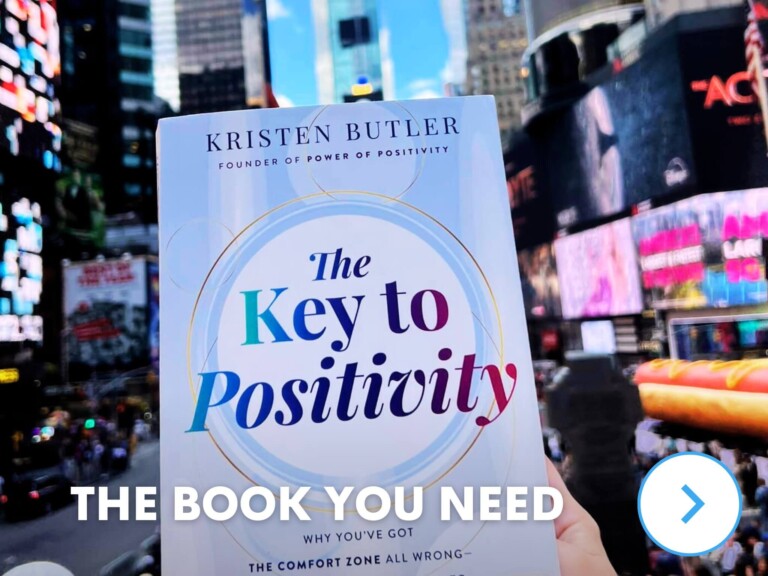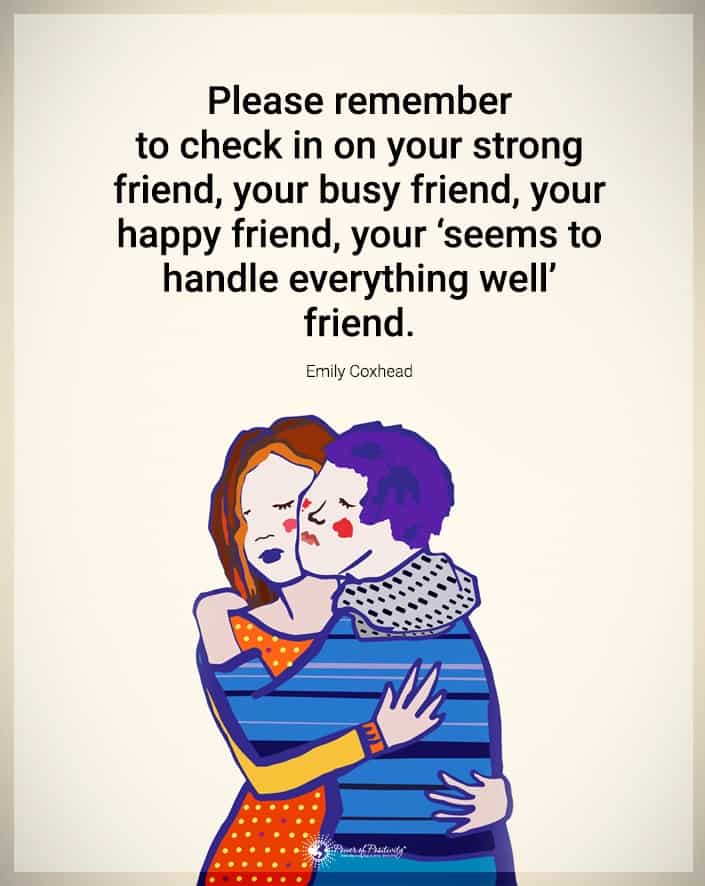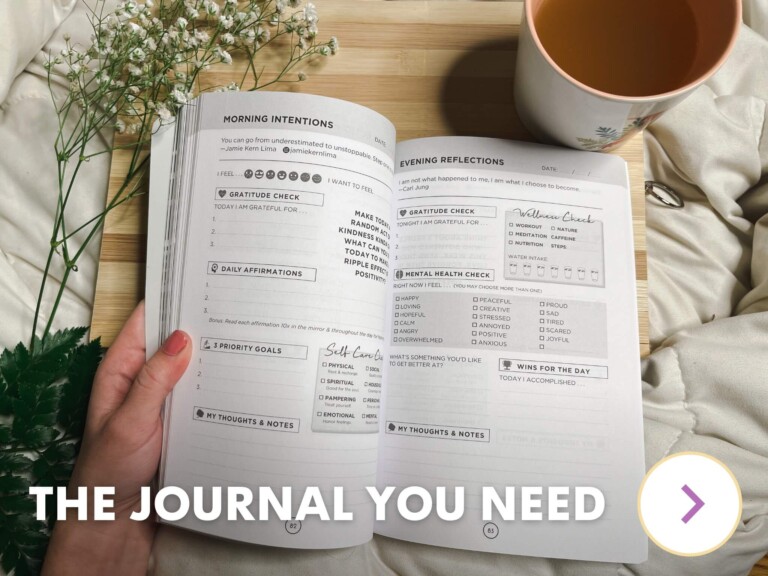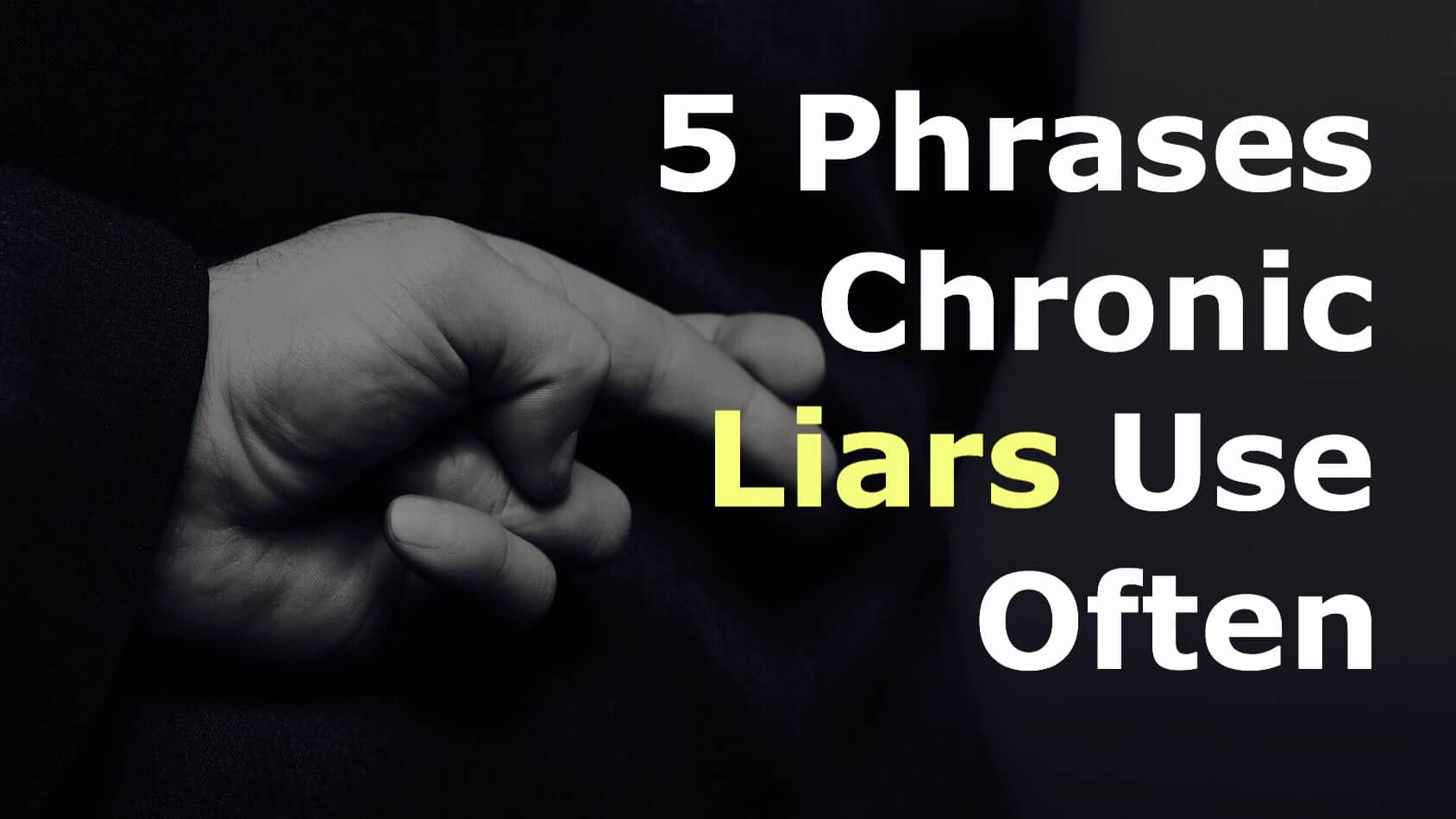It’s easy and understandable to view yourself as supportive even after crossing the line and becoming an enabler. There’s a fine line between supporting someone through a hard time and enabling their unhealthy or detrimental behavior.
An enabler is anyone who allows someone in their life to continue negative behavior patterns. It’s sometimes hard to see when you’ve crossed the line from being supportive to an enabler because you don’t do it intentionally. You might not realize what you’re doing as you think you’re just helping your friend or loved one through a tragedy.
Many people believe that enabling refers to a drug or alcohol addiction situation. However, experts explain that it can occur anytime you support problematic behavior. If you offer benefits or make it easier for the behavior to continue, it’s a sign of enabling, even if it wasn’t your intention.
Enabling doesn’t mean you’re happy about your loved one’s behavior. Instead, it simply means that you continually help, despite their refusal to make beneficial changes in their lives. If you think you might be an enabler, you must learn the signs and how to stop.
The Difference Between Enabling and Supporting
It’s sometimes hard to recognize the difference between supporting someone and enabling them. When you help someone, it means you do things that are in your loved one’s best interest. You help them conquer their problems so they can go on to live a better life.
Supporting someone involves speaking up and being honest when you see an issue. It requires that you don’t contribute to their negative behaviors. You might even help them seek outside help if necessary for their situation.
Supportive Behaviors
When you are supportive, you might do the following:
- Give your loved one the tools they need to succeed
- Help them find access to help and other resources
- Teach them skills that will help them move past the situation
- Empower them to make better choices and solve their problems
- Offer emotional support after they experience trauma
When Supportive Becomes Enabling
However, enabling is much different than supporting someone. Once you know the difference, it’s easier to determine if you’re supportive or being an enabler.
When you enable someone, it makes it easier to continue their lifestyle. While you might not encourage the person’s behavior, that’s what enabling does. It gives them the means or motivation to continue living a detrimental lifestyle rather than forcing them to do what’s best.
Eight Signs You Crossed the Line from Supportive to an Enabler
There’s a fine line between being supportive and enabling someone’s detrimental behavior. However, once you know the signs of enabling, you’ll recognize if an enabling behavior pattern has developed.
1. You Cover for Them or Make Excuses
It’s normal to want to protect a loved one from the consequences of their actions, but it doesn’t help the situation. If you ever cover for someone or make excuses for their behavior, it’s a sign of enabling. They’ll see that you did it once and assume you’ll keep doing it.
Your loved ones will see no reason to change their behavior if they know you’ll cover for them to protect them. You might want to save your loved one from being judged harshly or negatively, or you might want to protect the person from other consequences. Either way, each time you cover for them, it contributes to the problem.
Even when you mean well or think you have no choice, your actions convey that your loved one’s behavior is okay. You might find yourself lying to your other friends and family members about why the person didn’t show up to family events or milestones. Additionally, you might cover them for bosses, teachers, and anyone else who can hand out punishment.
2. You Do Things for Them That They Should Do on Their Own
If you do something for someone they can or should do on their own, you’re enabling instead of supporting. Any time you do something for someone they should do, you teach them that they don’t have to do it.
You show them you’ll pick up the slack and handle their responsibilities. Plus, you’ll show them they don’t have to work hard to improve their lives.
3. You Neglect or Fail to Recognize Your Needs
When enabling someone, you likely sacrifice your needs to help them. You might lose time that could have been used for something else like work, self-care, or fostering other relationships. If you’re constantly struggling to get things done or feel burnt out from caring for someone else, it’s a sure sign of enabling.
Taking on your loved one’s daily tasks or responsibilities can cause you to miss out on your own needs and wants. You might change your schedule to accommodate the other person’s obligations, making your life a second priority.
Some of the responsibilities you might take on when enabling someone to include these:
- Doing their household chores
- Caring for their children frequently
- Taking care of their daily activities
- Finishing things that they left undone
4. Ignoring Problematic Behavior
If you ignore someone’s problematic behavior, it contributes to their problem. You might disagree with the person’s behavior but ignore it, thinking it’s for the best. However, addressing the issues is the best option when you want to be supportive instead of enabling.
You might focus on what your loved one does well so that you can continue ignoring the problems. However, even when they do well in one area, continuing detrimental behavior isn’t okay. Every time you miss it, you allow them to think it’s okay to continue.
5. You Blame Yourself or Others for Their Behavior
Instead of placing the blame where it belongs, you might give yourself a hard time. You might blame yourself for the problem occurring in the first place. Then, you might continue blaming yourself as your loved one’s behavior continues.
You might also blame other people for your loved one’s behavior. Rather than admitting that the person creates their problems, you’ll look for anyone else to blame.
6. You Struggle to Express Your Emotions with Your Loved One
If you struggle to tell your loved one how you feel, you might be enabling their behavior. You might be afraid of the way they’ll react or be scared of hurting their feelings. However, choosing to keep your emotions to yourself only enables their behavior.
7. Not Setting or Maintaining Boundaries
Healthy boundaries are essential for every relationship, including one where your loved one needs lots of help. If you don’t set boundaries, it’s a sign that you’re enabling the other person. Additionally, if you place limits but don’t enforce them, it contributes to the problem.
8. You Continually Offer Financial Assistance
While helping a loved one occasionally is okay, you shouldn’t do it regularly. Even if your finances allow it, continually offering financial assistance only exacerbates the issue. It enables the other person to continue their reckless or impulsive behavior, preventing them from wanting to do better.
Why Being an Enabler is a Problem (Versus Being Supportive)
If you or someone you know enables a loved one’s behavior, there is likely a good reason for it. Most enablers think if they don’t help, the situation will worsen. However, it only encourages their negative behavior, which is the worst possible solution.
While you might think enabling helps the person, it has the opposite effect. Enabling causes problems for the people around your loved one. Plus, they don’t see the consequences of their behaviors, making it nearly impossible for them to want to get help.
Your loved ones will never want to do better if you continually jump in to save them. They will think that the people in their lives owe them special treatment and they don’t have to do anything to improve their situation. Every time you enable, you contribute to the problem.
Your loved ones will never learn to do things for themselves. They will never see their potential or know what they can do when you cater to their every need and desire.
When your loved one constantly seems to have drama and hardship, it could be their way to seek attention. They might start making decisions that cause disaster to inflict drama on themselves. They’ll know how to get your support if you run to them whenever they call or fall apart.
How to Stop Being an Enabler (While Learning to Remain Supportive)
If these signs helped you recognize that you’re an enabler, you could make a change. To stop being an enabler, start with the following actions:
- Speak up and acknowledge the issue
- Encourage your loved one to get help
- Set and enforce boundaries
- Say no sometimes
- Get therapy for yourself to overcome enabling behavior
Final Thoughts on Signs You Crossed the Line from Supportive to an Enabler
Being an enabler doesn’t mean you agree with your loved one’s behavior. However, it teaches the person that their behavior is okay and you’ll always be there to fix the problems. You must correct your actions if you have crossed the line from supportive to an enabler.
Don’t be afraid you’ll hurt your loved ones because you only want what’s best for them. You need to speak up, set boundaries, and stay supportive to help them overcome their issues. You might struggle to be firm at first, but it’ll get more manageable, and it’s well worth it.





















